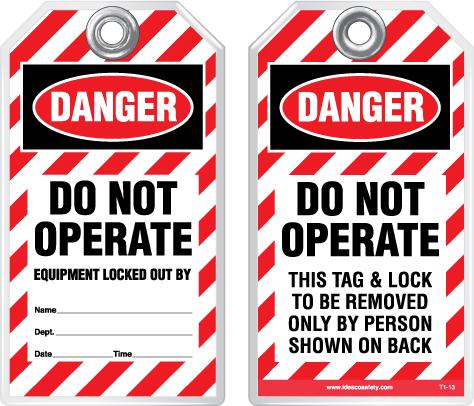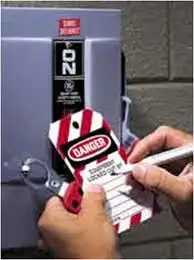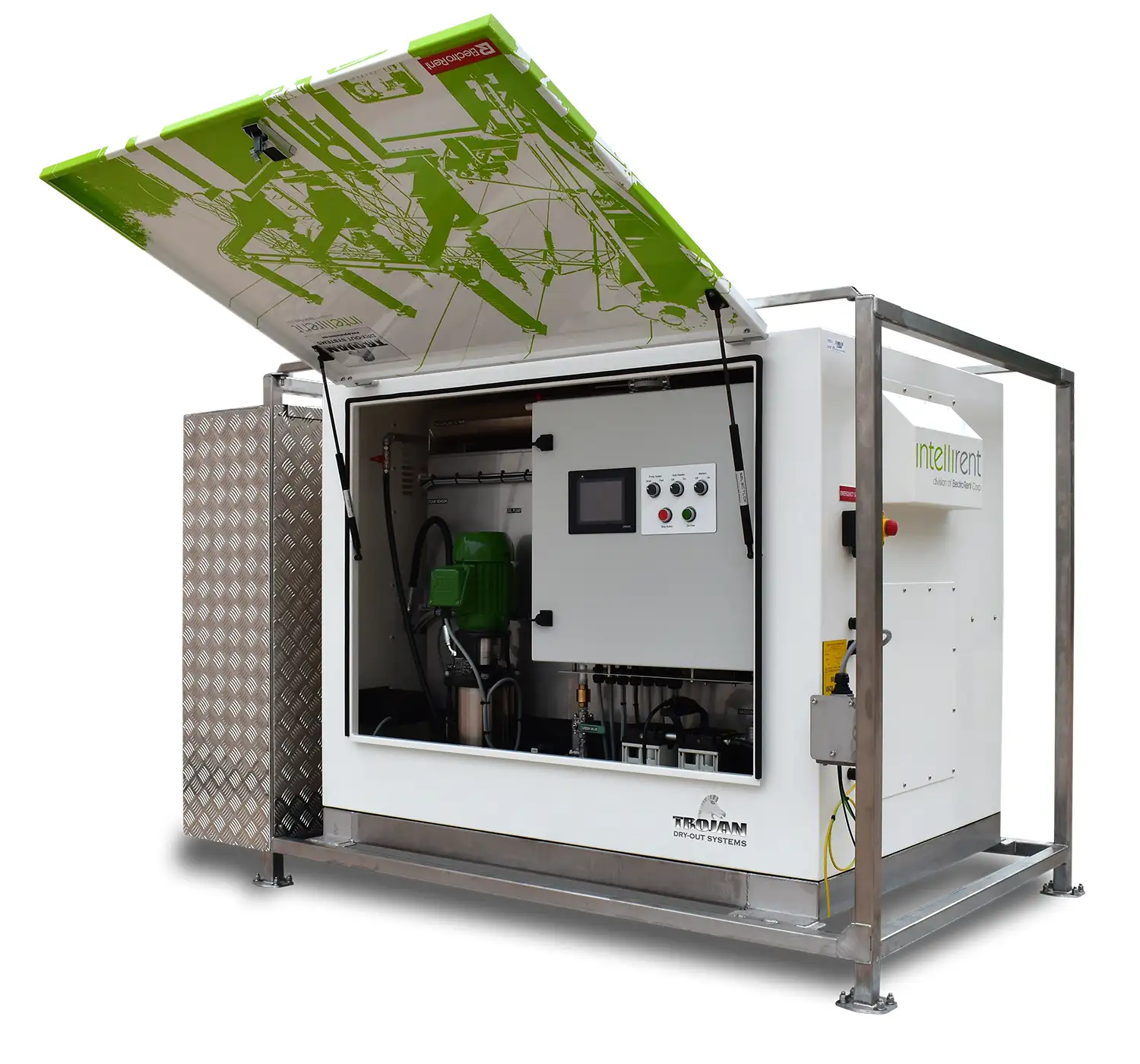Lockout Tagout
By R.W. Hurst, Editor

Arc Flash Training CSA Z462 - Electrical Safety Essentials
Our customized live online or in‑person group training can be delivered to your staff at your location.

- Live Online
- 6 hours Instructor-led
- Group Training Available
Download Our OSHA 3075 Fact Sheet – Understanding Electrical Hazards in the Workplace

- Learn the effects of electric current on the human body
- Understand OSHA safety standards and protective devices
- Discover essential lockout/tagout and grounding practices
Lockout Tagout (LOTO) is a safety procedure that prevents accidental machine startup or energy release during maintenance. By isolating hazardous energy and applying locks and tags, LOTO protects workers from arc flash, complies with OSHA 1910.147, and saves lives.
What is Lockout Tagout?
Lockout Tagout is a formal OSHA-defined procedure for isolating energy sources and using locks and tags to prevent accidental startup. It is a cornerstone of any workplace electrical safety program. It:
✅ Isolates energy sources to prevent unexpected startup during servicing
✅ Uses locks, tags, and devices to secure electrical and mechanical systems
✅ Ensures OSHA compliance, worker protection, and arc flash prevention
Learn more in our detailed LOTO overview guide.
Request a Free Training Quotation
LOTO is one of the most important practices in electrical safety, designed to protect workers from arc flash hazards and other dangerous energy releases. By isolating hazardous energy and applying locks and tags, LOTO ensures that equipment remains de-energized during servicing or maintenance. When implemented correctly, it prevents unexpected startup, complies with OSHA’s 29 CFR 1910.147 standard, and saves lives.
LOTO is especially critical in power generation, transmission, and distribution, where the risks of arc flash and electrical shock are greatest. Every worker—authorized or affected—must understand the steps, devices, and responsibilities that make up a compliant program.
OSHA Lockout Tagout Standards and Requirements
The OSHA LOTO Standard (29 CFR 1910.147) is the foundation of all energy control programs. It sets the rules for controlling hazardous energy in machinery and electrical systems. Employers must implement written procedures, provide training, and enforce compliance.
-
-
Read the full OSHA energy control standard
-
Understand the key OSHA requirements for hazardous energy control
-
OSHA Lockout Tagout Training
Under OSHA 1910.147(c)(7), all employees must receive training appropriate to their role. Authorized employees must learn to perform the procedure, while affected employees must understand its purpose and rules. Retraining is required whenever new equipment or procedures are introduced.
Sign Up for Electricity Forum’s Arc Flash Newsletter
Stay informed with our FREE Arc Flash Newsletter — get the latest news, breakthrough technologies, and expert insights, delivered straight to your inbox.
Explore our hazardous energy training course and see OSHA training requirements for details.
Types of Hazardous Energy
LOTO isn’t just about electricity. Hazardous energy can also include:
-
Compressed air and hydraulics
-
Mechanical motion and gravity
-
Thermal energy
-
Chemical reactions
Each must be identified, controlled, and verified before maintenance begins. Visual checks and zero-energy verification are critical to ensuring worker safety.
Core Components of a Lockout Tagout Program
A compliant program includes:
-
Written, equipment-specific procedures
-
Energy isolating devices such as locks, tags, and hasps
-
Employee training and retraining programs
-
Regular inspections and audits
-
Clearly defined roles and responsibilities
For a deeper breakdown, visit our workplace energy control program guide.
Lockout Tagout Procedures and Steps
Every LOTO event must follow OSHA-compliant steps:
-
Prepare for shutdown
-
Notify affected employees
-
Shut down equipment
-
Isolate energy sources
-
Apply lockout/tagout devices
-
Release stored energy and verify isolation
-
Perform servicing or maintenance
-
Remove devices and restore power
Get a detailed walkthrough in our Lockout Tagout Procedure and Lockout Tagout Steps guides.
LOTO Devices
LOTO devices are critical tools for securing energy sources, including:
-
Electrical lockouts
-
Circuit breaker lockouts
-
Valve lockouts
-
Plug lockouts
-
Tags and hasps
See the full list and applications on our Lockout Tagout Devices page.
Group LOTO
When multiple workers service the same equipment, a group lockout procedure ensures safety for all. Group lock boxes and personal locks give every worker individual control. Learn more about Group Lockout Tagout.
LOTO Best Practices
Beyond procedures, safety culture matters. Workers should always verify zero energy, follow written instructions, and use the correct devices. Real-world compliance depends on clear rules, training, and consistent enforcement.
See our Lockout Tagout Practice page for practical guidance.
Frequently Asked LOTO Questions
We answer common workplace questions, including:
-
Which government entity establishes the requirements for LOTO?
-
What is a proper practice for a lockout/tagout situation?
-
What are the responsibilities of affected employees?
-
Which employees must receive lockout/tagout-related training?
-
When is LOTO required?
Get full answers in our Lockout Tagout Questions section.
Why Lockout Tagout Matters
LOTO is more than just a compliance requirement—it’s a life-saving practice. By building strong programs, using the right devices, and ensuring thorough training, companies can prevent injuries, avoid costly fines, and create a culture of safety.
For related topics, see our resources on Arc Flash Overview, OSHA Electrical Safety, NFPA 70E Arc Flash, PPE selection, and Arc Flash Study methods.
Explore More Arc Flash Topics:
Explore our Arc Flash Training Programs or contact us to Request a Free Training Quotation for group safety sessions and PPE consultation.








